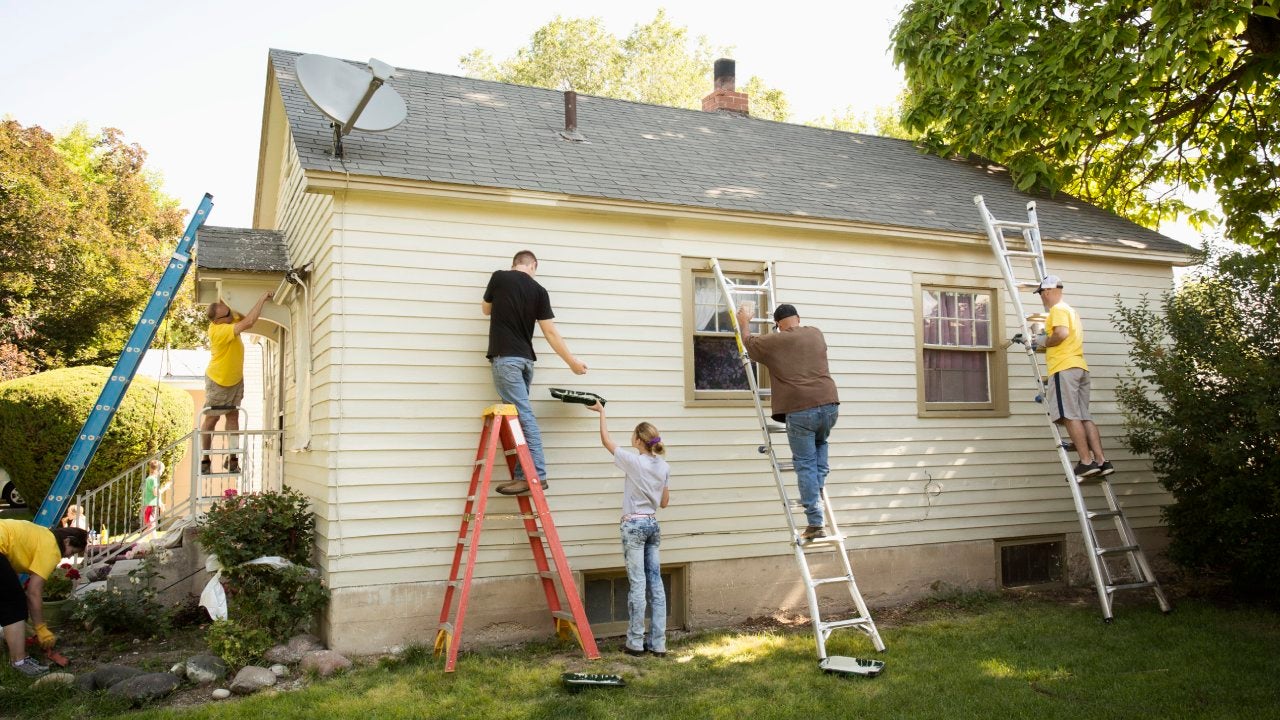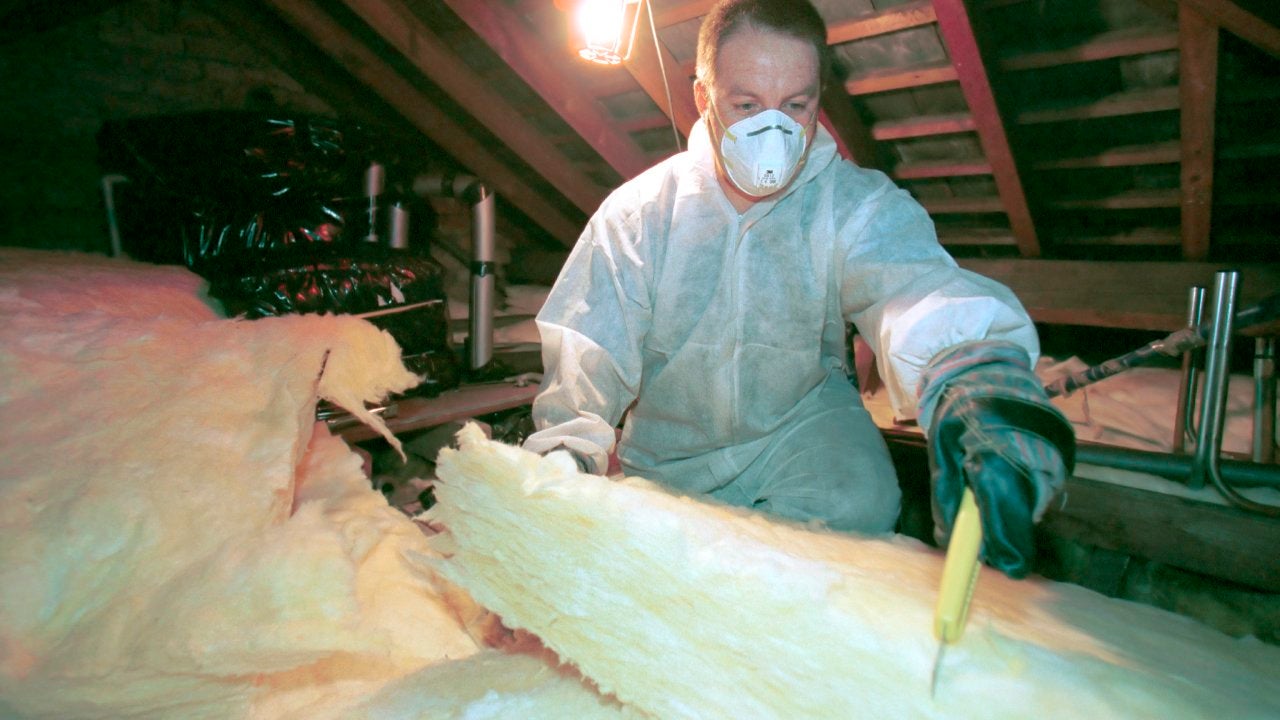Best home improvement DIY sites, classes and channels for beginners

If you’ve got a computer and an internet connection, taking on DIY projects has never been easier. Deceptively easy, perhaps. The trouble isn’t that there aren’t enough resources for a beginner — it’s that there are too many. It can be hard to wade through all the click-bait and SEO-driven content to find the quality advice that will actually help you with your project.
Here are some sound sources: The best home-inprovement DIY sites, classes and channels for beginning DIY-ers, along with some general rules of thumb for seeking out the sort of guidance you need.
DIY classes
It may seem old-school, but if you’re a true newbie, taking a DIY course or workshop can really be the best way to begin. You’ll learn what tools to use and what to have on hand. Despite new technology and materials, every beginner is prone to basic mistakes like stripping screws. Get some hands-on guidance in a class if you want to avoid running for a break-out bit at 2 a.m. when you’re trying to finish up the new headboard you saw on Pinterest.
Most importantly, you’ll get a chance to actually construct things. Most in-person DIY classes have some small fees to cover materials, but don’t let that dissuade you. If it’s your first time using a hammer, you’ll want to practice on a cheap birdhouse in a class with instructors and not on your deck, where you’ll end up stubbing your toes on nails that aren’t flush.
National home-improvement retailers usually offer regular classes on a variety of DIY topics, but don’t forget to check out your local hardware stores too. A community college may also offer group classes at an affordable rate that can help you avoid making any DIY-fails.
DIY online learning
During the pandemic, both Home Depot and Lowe’s rapidly expanded their virtual course offerings, taking advantage of shut-ins’ mania for home improvement. Even though people are venturing forth again, livestream learning seems here to stay. The two retailers are streaming workshops—named “Homeowner 101” and DIY-U by Lowe’s respectively—to complement their live tutorials.
An online class can be more convenient, of course, and almost as good as being there. Be sure to check if there are fees and if advanced registration is required. Also, be sure to set up a good space to work and follow along ahead of time.
DIY websites to follow
A number of DIY websites are out there. But some are more geared to novices — better at explaining the basics, avoiding too-technical jargon and putting a premium on safety and good practices.
- Bobvila.com is an excellent resource for beginners with articles covering everything from big-picture DIY issues (like when to hire a contractor) to more technical projects (shiplap installation, anyone?). Its namesake and guiding light, Bob Vila, has hosted a plethora of TV shows and played himself on the vintage Tim Allen sitcom, Home Improvement.
- Familyhandyman has thousands of articles, including how-to guides for almost every home improvement project and product reviews. They are a great resource for the beginning DIY-er who already has a vision for their home, but needs to know how to get there.
- DIY / Magnolia Network The DIY Network now styles itself The Magnolia Network. Its extremely extensive website features episodes from the TV programs, as well as multi-chapter workshops focusing on home and garden skill-building (“Learn to Landscape”).
Realtor.com’s “DIY 101” section doesn’t have as many how-to guides as others on this list, but it is an excellent resource for the DIY-er who is specifically looking for projects that’ll add to their home’s value as efficiently as possible. The site’s content is driven by input from Realtors all around the country.
YouTube channels to follow
YouTube is a must-have resource for every DIY-er. When you’re starting out, check out these channels for some great overall tips and specific how-to guides.
- This Old House has been creating content for DIY-ers since 1973 — first as a magazine, then as a TV show, and now via YouTube. Despite the name, it doesn’t just deal with historic homes but carries journalistic-like videos on every renovation topic you can think of.
- Home RenoVision DIY was started by a general contractor with over 25 years of experience, who rates jobs on a difficulty scale. His hundreds of low-key but highly specific how-tos include videos like “How to Clean Your Paintbrush” (no job too small!).
- Lowe’s Home Improvement also has hundreds of professional-hosted videos. Sure, there’s a bit of store promotion, but also plenty of solid stuff — look for clips labeled “DIY Basics.”
- The Home Depot channel has fewer views and subscribers than the Lowe’s channel, but its library of tips, trouble-shooting and how-to guides for both indoor and outdoor projects is well worth browsing. Particularly fun: Their how-to-undo series (“How to Un-Carpet Your Floor.”)
Resource-seeking tips for beginning DIY-ers
Do focus
While good information can be anywhere, set your sights on sites and channels that label projects for newbies, or at least rate or rank their level of difficulty. And focus thematically too. DIY can cover a wide, wide range of topics. If you want to repair your roof, and a site seems geared to crafts-type projects, it probably won’t be as useful to you, even if it does offer the odd article or class on construction jobs.
Be specific
When you’re seeking resources on how to accomplish a project, don’t be afraid to be precise. Very precise. For example, it’s better to search “how to install a Kwikset 909 deadbolt” than “how to install a deadbolt.” Looking up the exact model name of the thing you’re working on can usually give you a specific step-by-step guide that’s more helpful than a general search.
Ignore production quality
DIY content isn’t always pretty or professionally displayed. Don’t be afraid of dated-looking websites or videos with poor production quality. While videos with perfect transitions, snazzy editing, and great lighting may be more pleasing to watch, they may not be the most helpful. Someone who has spent 40 years repairing faucets may not have a 4K streaming option, but they still have the best approach or information to share.
The bottom line on DIY sites for beginners
Although the range of resources can seem overwhelming at times, there has never been a better time to be a beginner DIY-er. Along with good old in-person classes (more abundant than ever), there are easy-accessed high-quality websites and YouTube channels that offer live and detailed demonstrations — much better than you could ever find in books or instruction manuals. No matter how obscure your project may be, there’s a resource out there to help you learn exactly how to get it done.
You may also like

How to flip a house: A beginner’s guide

12 Steps to prepare your home for winter

Which DIY projects save the most money?



